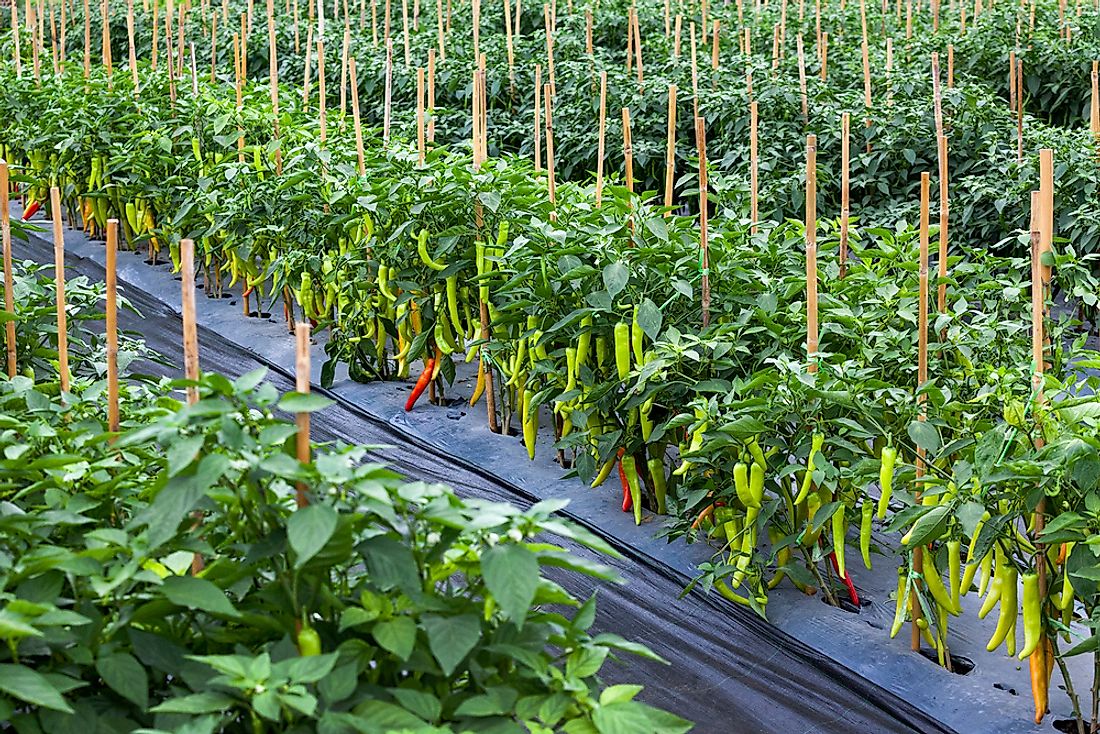The Economy Of Mexico

Overview Of The Economy Of Mexico
Mexico has a mixed economy, which means that it is made up of both privately-owned and state-owned companies. The government also regulates economic activity. Development is occurring at a rapid rate and private investments and businesses have also been increasing. Currently, the economy of Mexico is the 15th largest in the world.
In 2016, its nominal gross domestic product (GDP) was $1.1 trillion and GDP per capita was $8,700. Between 2001 and 2008, the economy grew at a small but steady pace. The global economic crisis of 2008 resulted in a GDP decline of more than 6%. Mexico has a workforce of 53 million and an unemployment rate of 6.5%. Of these employed individuals, 61.9% work in the services industry. This is followed by industry (24.1%) and agriculture (13.4%).
Leading Industries Of Mexico
The leading industry of Mexico is the services sector, which contributes 59.8% of the GDP. The industry sector contributes 36.6%, followed by agriculture with 3.6% (significantly lower than its employment rate). The leading industry products include: tobacco, chemicals, electronics, iron and steel, aerospace, textiles, mining, and petroleum.
Top Export Goods And Partners Of Mexico
In 2014, exports from Mexico were valued at $400 billion, making it the 12th largest export economy in the world. Its principal exports include: crude petroleum ($37 billion), cars ($33 billion), vehicle parts ($23 billion), delivery trucks ($22.7 billion), and computers ($18.6 billion). A large percentage of its exports go to the following countries: the United States ($291 billion), Canada ($24.5 billion), China ($7.89 billion), Spain ($6.18 billion), and Brazil ($5.35 billion).
Top Import Goods And Partners Of Mexico
In 2014, imports to Mexico totaled $379 billion, giving this country a positive trade balance of $21.3 billion. A positive trade balance means the country exported more than it imported. Its major imports include: refined petroleum ($22.9 billion), vehicle parts ($22.7 billion), integrated circuits ($13.5 billion), computers ($10 billion), and broadcasting accessories ($8.98 billion). A large portion of its imports come from the following countries: the US ($194 billion), China ($58.7 billion), Japan ($15.8 billion), South Korea ($13.4 billion), and Germany ($12.8 billion).
Challenges Faced By The Economy Of Mexico
Although Mexico has managed to maintain relative economic stability, the country’s economy still faces some significant challenges. The most notable of these is the ever-widening gap between the rich and the poor socioeconomic statuses. These gaps can be seen between urban and rural residents and between the northern and southern regions of the country. In addition to reducing the drastic income inequality throughout Mexico, the government faces outdated infrastructure and tax laws.
Future Economic Plans
Given that infrastructure is one of the biggest challenges faced by the economy of Mexico, it is also critical to the country’s future economic plans. As the manufacturing industry continues to increase production and output, the lack of infrastructure in Mexico will become a problem. Some economists believe it will prevent Mexico from becoming an industrialized economy. In order to tackle this problem, the government has initiated the National Infrastructure Program of 2014 to 2018. This program allocates $600 billion of public and private funds to infrastructure development. This includes improvements to communication networks, energy, housing, health care, water, and tourism facilities.











